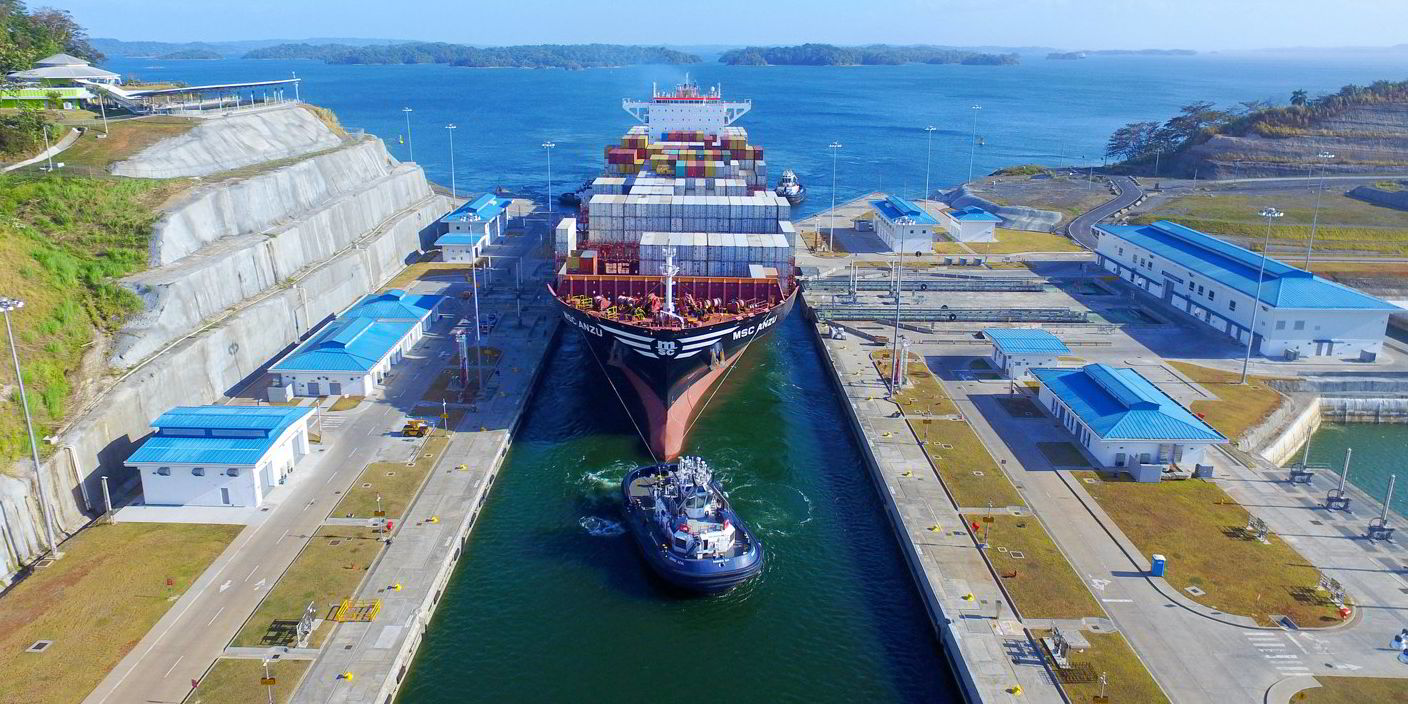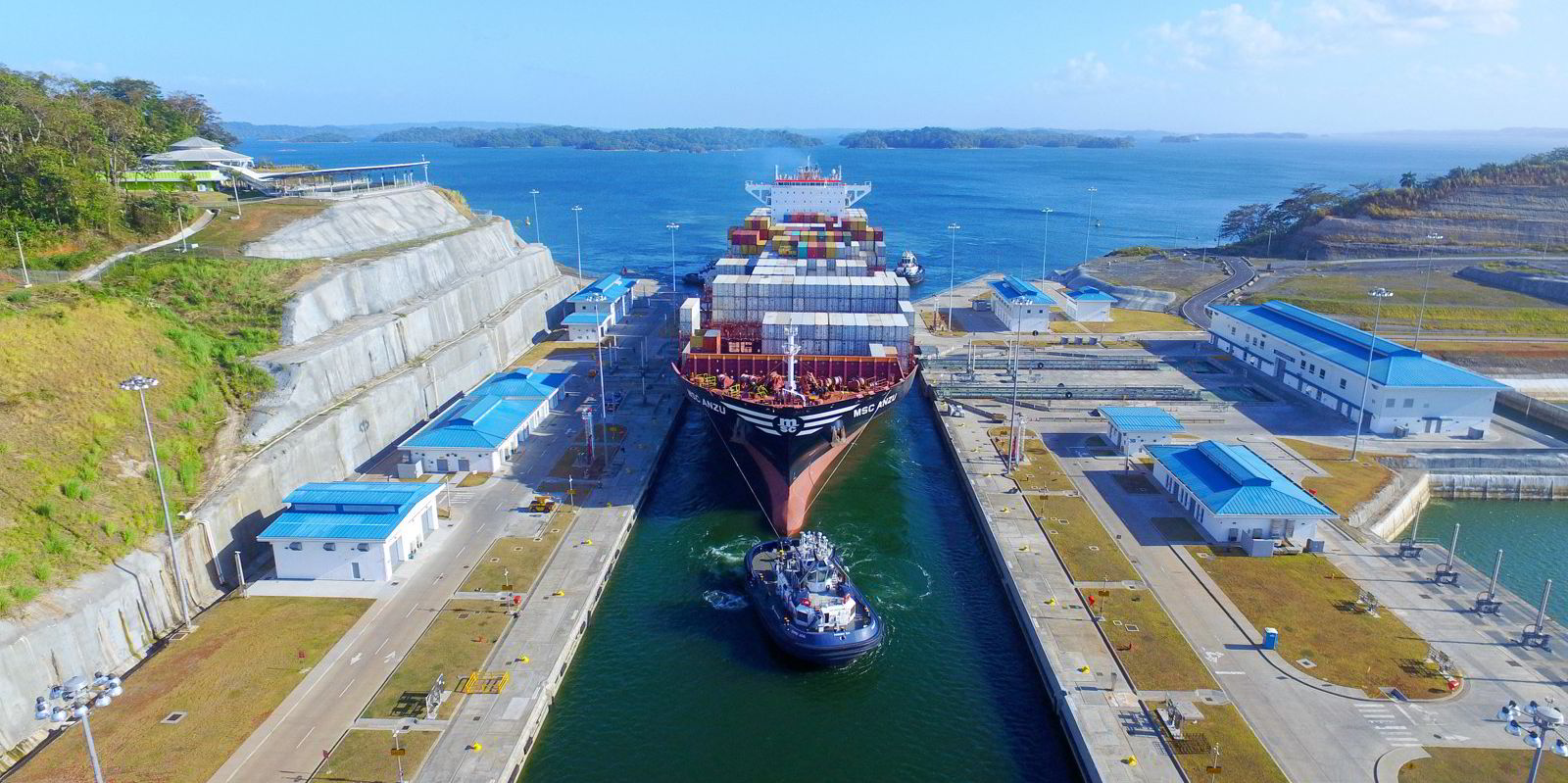The Panama Canal Authority (ACP) has been forced to adopt water conservation measures to cope with the driest period for more than 70 years.
The authority said it is closely monitoring the development of weather events affecting water availability, which could worsen with the arrival of the El Nino phenomenon.
Officials will proceed with water-saving measures during the rainy months to aid recovery throughout the surrounding lakes and ensure there is enough for human consumption without affecting vessel transits.
The climate emergency decreed by the Panamanian government reinforces what the ACP said it has been stating regarding the reality of a shortage of fresh water.
“This is an issue that the Panama Canal has been warning and preparing for; however, we could not have predicted exactly when the water shortage would occur to the degree that we are experiencing now,” said canal administrator Ricaurte Vasquez Morales.
The last period of intense drought for the canal was in 2019 and 2020.
The cycles have historically happened once every five years, but have now sped up to every three years, Vasquez Morales believes.
This has so far been the driest year on record since 1950.
“We have implemented procedures such as cross-fillings, cross-spilling and short chamber lockages in the Panama locks, and increased the use of water-saving basins in the neopanamax locks,” he added.
‘Tandem lockages’
“Additionally, we have minimised direction changes between northbound and southbound transits in Gatun locks, maximised tandem lockages and have suspended hydroelectric power generation, among other controls.”
One factor in the canal’s favour is that the drought has coincided with its low demand season.
Bloomberg reported last month that shippers were facing a double whammy of higher freight rates and lighter loads due to the drought.
Further increases in the cost of transiting the waterway are expected in the summer.
The ACP placed restrictions on the weight of larger vessels from 24 May, then enforced a further decrease in the allowable load from 29 May.
Some container lines are raising freight rates by between $300 and $500 per box from 1 June as a result.





